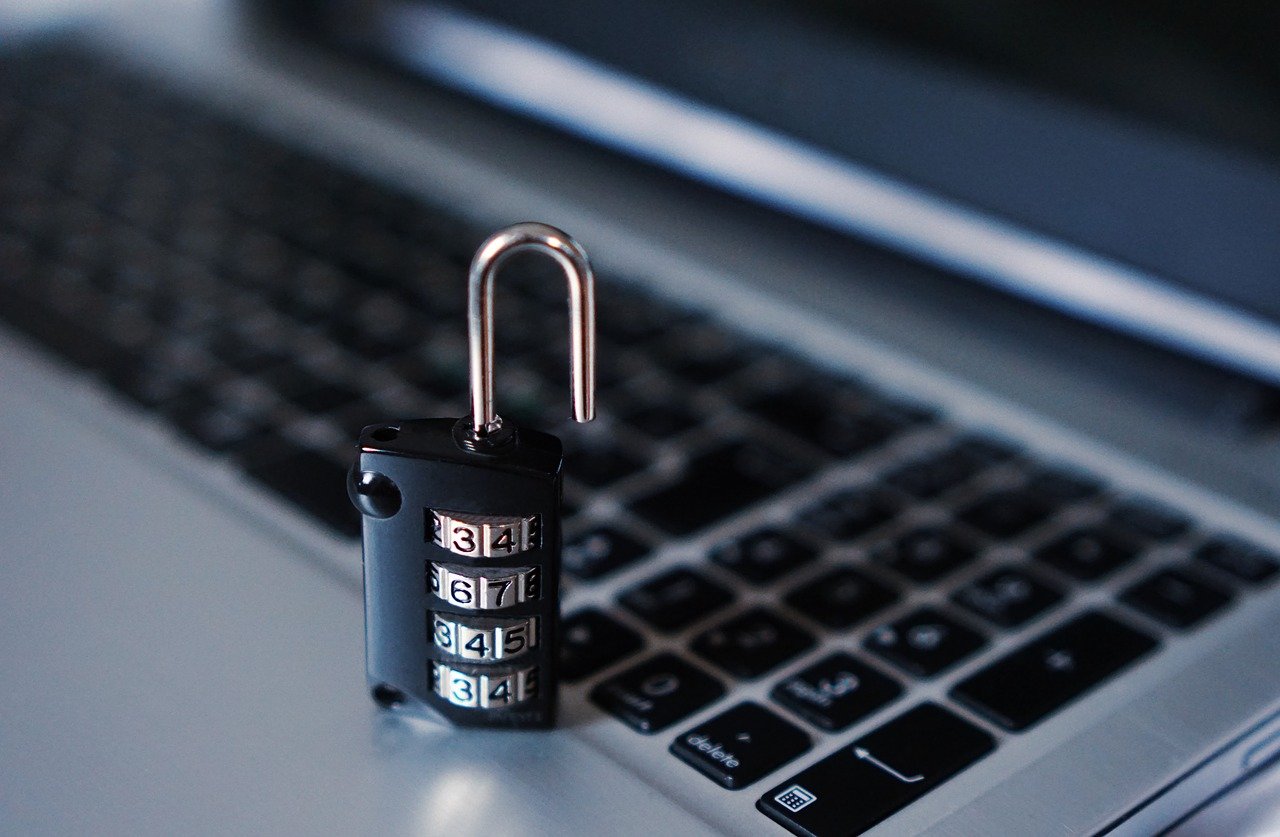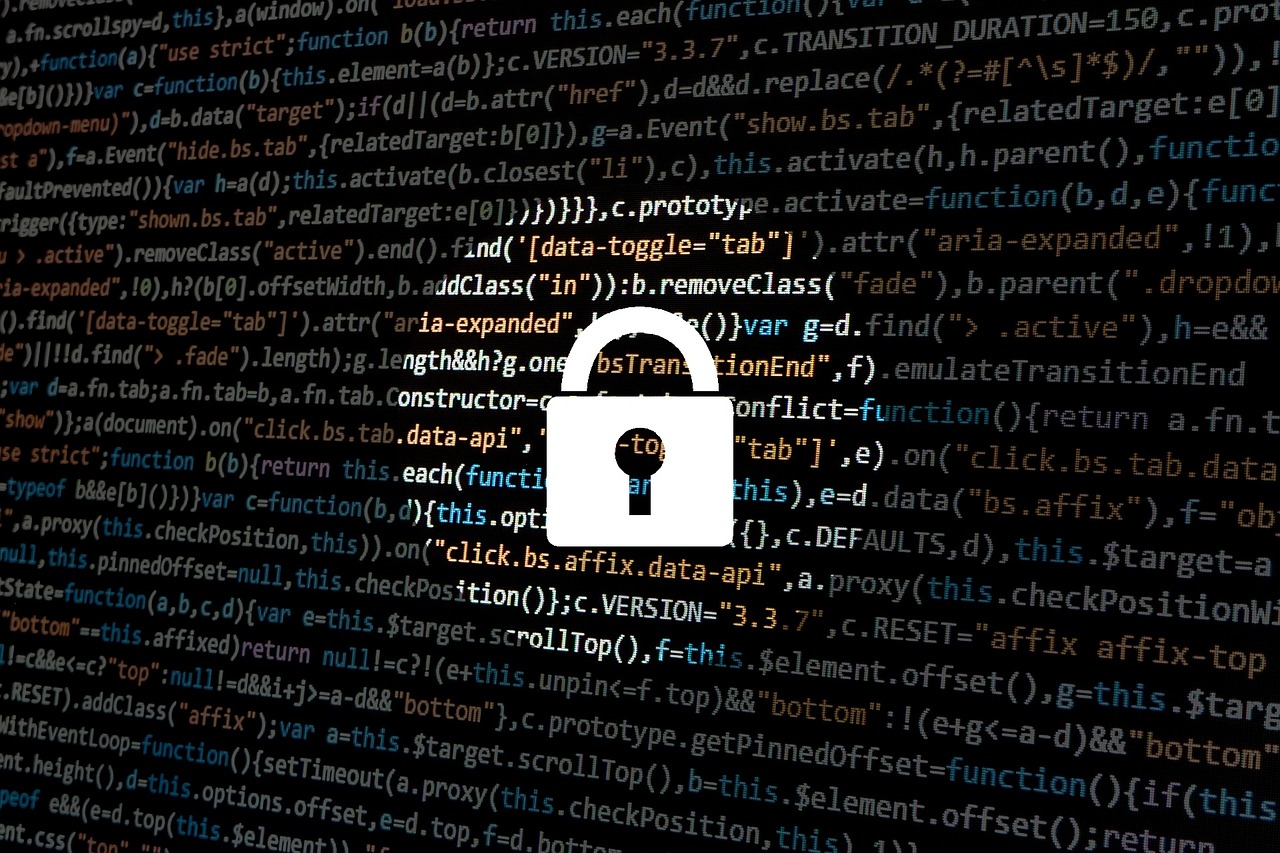For most of my professional career, I have been involved in security in one way or another. When I started my career in the Army, I trained as a Unix System & Network administrator. During that time, I often tinkered with security on our systems. In my first job outside the Army, one of my responsibilities was network security as well as managing offsite backups. Later in my career, I would be responsible for testing software applications for PCI compliance.
This year, I decided to start gaining certifications in the security realm. In March, I earned CompTIA’s Security+ certification. Then, in May, I took the Beta version of CompTIA’s PenTest+ version 2 exam. Today, I received notification that I passed that exam. These certifications shows that I am qualified to test systems for security issues and provide feedback to customers wanting to ensure their systems are as secure as possible.
In addition to computer security testing, I have previously studied locksmithing and physical security. Adding these two skills together gives me lots of avenues to approach security and vulnerability testing for clients – both on their networks and their physical facilities.
If you are interested in having your network security tested, please reach out to Talixa Software & Service, LLC for more information.



